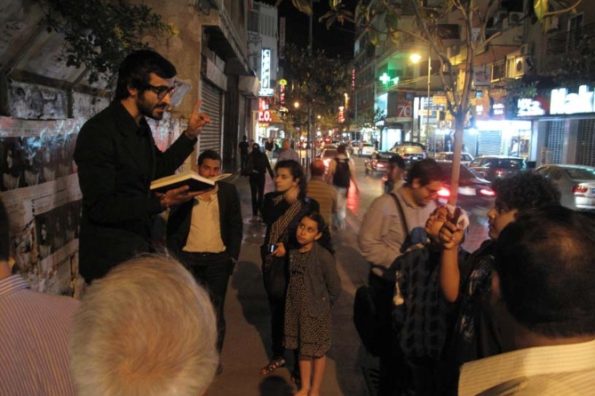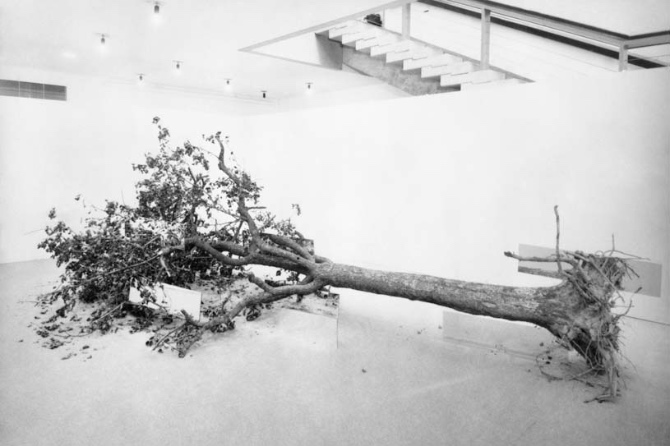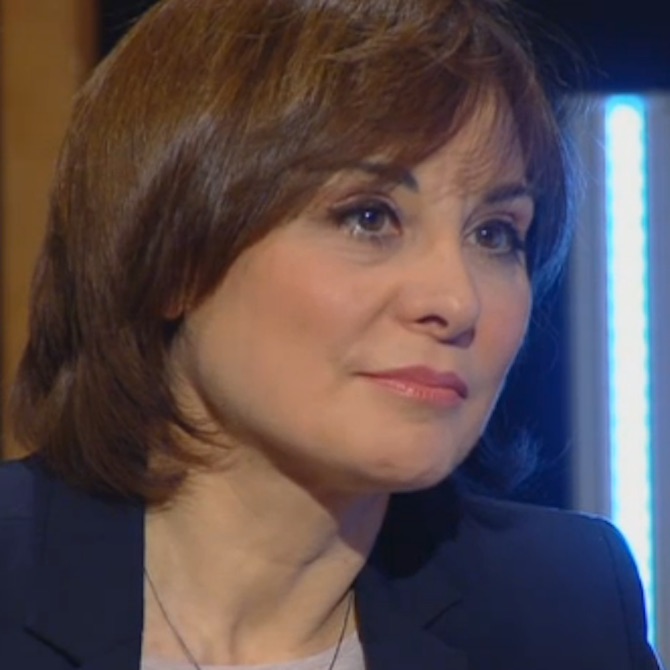Search
To search for an exact match, type the word or phrase you want in quotation marks.
A*DESK has been offering since 2002 contents about criticism and contemporary art. A*DESK has become consolidated thanks to all those who have believed in the project, all those who have followed us, debating, participating and collaborating. Many people have collaborated with A*DESK, and continue to do so. Their efforts, knowledge and belief in the project are what make it grow internationally. At A*DESK we have also generated work for over one hundred professionals in culture, from small collaborations with reviews and classes, to more prolonged and intense collaborations.
At A*DESK we believe in the need for free and universal access to culture and knowledge. We want to carry on being independent, remaining open to more ideas and opinions. If you believe in A*DESK, we need your backing to be able to continue. You can now participate in the project by supporting it. You can choose how much you want to contribute to the project.
You can decide how much you want to bring to the project.

All the World’s Futures is a colossal and motley biennale, that doesn’t give a moment’s respite, nor, of course, leave anyone indifferent. One way of fighting against this situation of accumulation, under the assumption it’s not possible to see everything, is to let oneself go and define a pathway with which to try to discover, more than to recognise. This is the desire of this mini-dictionary, that it goes without saying, has no pretentions of being encyclopaedic.
ABSENCES
A short note added to the guide of the biennale bears witness to a couple of absences due to political-economic conflicts: the 16 and 23 April 2015, the Federal Republic of Nigeria and the Republic of Kenya, respectively renounced their participation due to the exceptional situation caused by Boko Haram in the first case and the quasi purchasing of the pavilion by a Chinese art gallery, with the intention of exhibiting solely artists of that nationality in the second.
ANGELUS NOVUS
Or the beginning of everything. The painting by Paul Klee with the same title, the angel of history that looks at the past, at the chain of events that gives rise to history, but which is driven towards the future, by a tempest that Walter Benjamin (in Theses of the philosophy of history) called progress, is the point of departure of this biennale, curated by Okwui Enwezor. The need to look at history to endeavour to understand the present and the future (a fairly disheartening future, by the way) is the essence of this 56th edition of the biennale.
ARENA
Is one of the grand ventures of Enwezor, to underline both the spatial and temporal incidence of the exhibition. Performances, film, theatre, discussions, readings, presentations and lectures are proposed as elements to activate the exhibition as it unfurls over time.
DAS KAPITAL
Or the be all and end all. Welcome to Marx Reloaded, read, interpreted, analysed, deconstructed or referenced it becomes one of the main axes of the whole biennale. In short the economy and work as keys to understand the present and perhaps the future.
FORCEFULNESS
Art as a shock therapy, that doesn’t endeavour to be amiable so much as stir up awareness, without necessarily resorting to violence, nor shouting, given that a whisper can often have the same effect. In this sense the intervention in the Giardini by Raqs Media Collective or that of Raimond Chaves/Gilda Mantilla in the Peruvian Pavilion, for example, resulted as as powerful as the knives rammed into the ground by Abdel Abdeseemed.
GLOBAL WORLD
Already in Documenta 12 of Kassel, Enwezor proposed opening up to a large cultural diversity, a tendency he has followed and even incremented in Venice. For which one is grateful.
HISTORIC POSITIONS
Extensive presentations of key artists or referential figures, such as Harun Farocki, Bruce Nauman, Marcel Broodthaers, Fabio Mauri, Chris Marker, Alexander Kluge, Hans Haacke, Robert Smithson or Adrian Piper, amongst others contributed to trace thematic or artistic genealogies.

HOSTILE FUTURE
The 56th edition of the Venice Biennale evidenced (particularly during the professional preview days the contradictions between the crude discourse of the event and the glamour of the contemporary art jet-set.
It also remains curious the large quantity of artistic proposals that revolve around the re-vindication of certain fundamental rights, achieved at the beginning of the century or already in the 70s, which are now in peril.
NATIONAL PAVILIONS
Questioned at the beginning of 2000, the idea of the national pavilions is once again a relevant subject not so much for their validity so much as because their questioning became a theme in itself. As is the case of the Belgian Pavilion in which the artist Vincent Meessen opened it up to multiple voices, inviting other international artists to place the colonial past of the country in the forefront, directly linking in with the founding moments of the biennale.
TREES
.. burnt, displaced, split, dejected…are a constant in several national pavilions as much as in the central exhibition. From the land art of Robert Smithson to the “mobile” trees by Céleste Boursier-Mougenot in the French Pavilion, amongst many others, there is an important number of proposals recouping and bringing up to date the preoccupations of land art and arte povera.

VENICE
Unreal, uncomfortable, excessive, decadent and a theme park. Venice is not just a background so much at times contributes to accentuate the contrasts and contradictions between reality and its representation.
WHAT’S REAL
Reality imposes itself and social and political conflicts appear not just as representations. So, a group of Ukranians occupied the Russian pavilion for a few hours, while the Guggenheim Foundation was barricaded by union members in protest against the working conditions in the Guggenheim of Abu Dhabi. And the authorities decided to close the mosque created by Christoph Büchel in the Icelandic Pavilion (in the Catholic Church of Santa Maria de la Misericordia) for “converting it into a place of workshop rather than a work of art” (one which in some way was completed with this intervention).
EXTRA BONUS
Just for them a visit to the biennale is worth a visit: the emotional memory of Ashes by Steve McQueen in the Arsenale; the subtle dialogue with the architecture by Heimo Zobering in the Austrian Pavilion; the bravery and generational shift of the Spanish Pavilion with Martí Manen as curator and Francesc Ruiz, Cabello/Carceller y Pepo Salazar as artists under the shadow of the most mediatic Dalí; the rich historical, musical and literary references of Graham Fagen in the Scottish Pavilion (as part of the Collateral Events) and, last but not least, Hito Steyerl, one of the artists present in the German Pavilion, exploring a world in which images transfer reality to the virtual sphere.

Montse Badia has never liked standing still, so she has always thought about travelling, entering into relation with other contexts, distancing herself, to be able to think more clearly about the world. The critique of art and curating have been a way of putting into practice her conviction about the need for critical thought, for idiosyncrasies and individual stances. How, if not, can we question the standardisation to which we are being subjected?
www.montsebadia.net
"A desk is a dangerous place from which to watch the world" (John Le Carré)